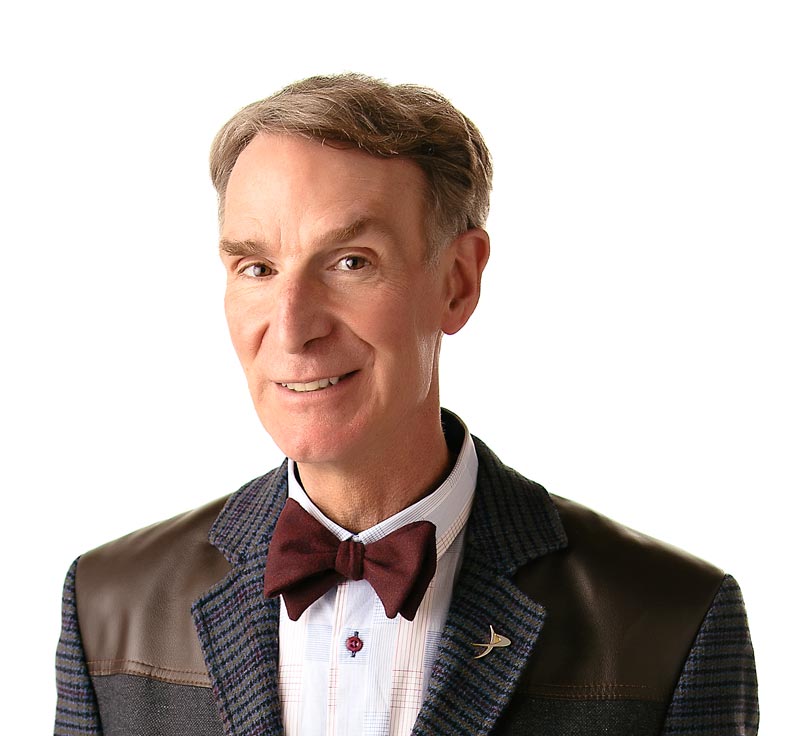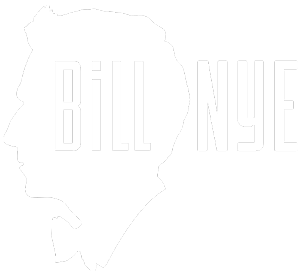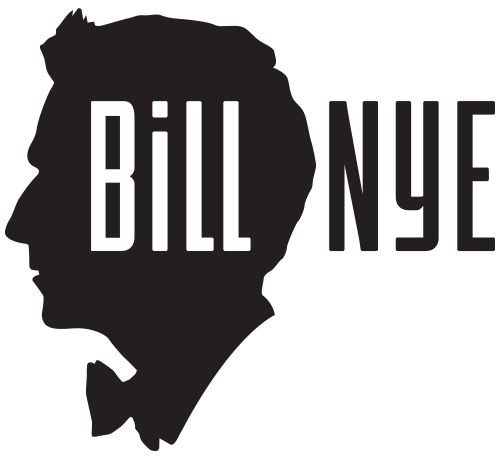Skin
Learning about skin science is no sweat.
It’s gigantic. It’s gargantuan. It’s your skin. It’s your body’s biggest organ. If you could lay your skin out flat, it would cover about one and a half square meters. Your skin stops you from drying out, protects you from the weather, and keeps bacteria and viruses from getting inside your body.
Your skin is also your personal air conditioner and heater all in one. Sweating cools you off. When you’re hot, glands in your skin push a mixture of water and other chemicals onto the surface of your skin. When the water evaporates, it takes some of the heat with it, and you’re cooler. When you’re too cold, your skin muscles start twitching. Shivering makes your body warm up.
Without skin, you wouldn’t be able to feel the difference between a sheet of paper and a wool blanket. There are thousands of touch receptors inside skin. When you touch the remote control, the receptors send information about the remote’s temperature, thickness, and feel of the buttons to your brain. Your brain makes decisions about what to do with the remote control. But here’s hoping your brain would never tell you to turn the channel while the Skin show is on…right?
The Big Ideas
- Skin regulates our body temperature
- Our skin protects us
- Skin provides us with our sense of touch.
Did You Know That?
- The thinnest skin is on your eyelids?
- Without your skin’s fingerprints, it would be very hard to hold onto anything?
- Your skin is about 5% of your body weight?
Books of Science!
- “Cuts, Breaks, Bruises, and Burns: How Your Body Heals” by Joanna Cole. Published by Thomas Y. Crowell, 1985.
- “The Skin: Coverings and Linings of Living Things” by Dr. Alan Silverstein, Virginia Silverstein. Published by Prentice-Hall, 1972.


